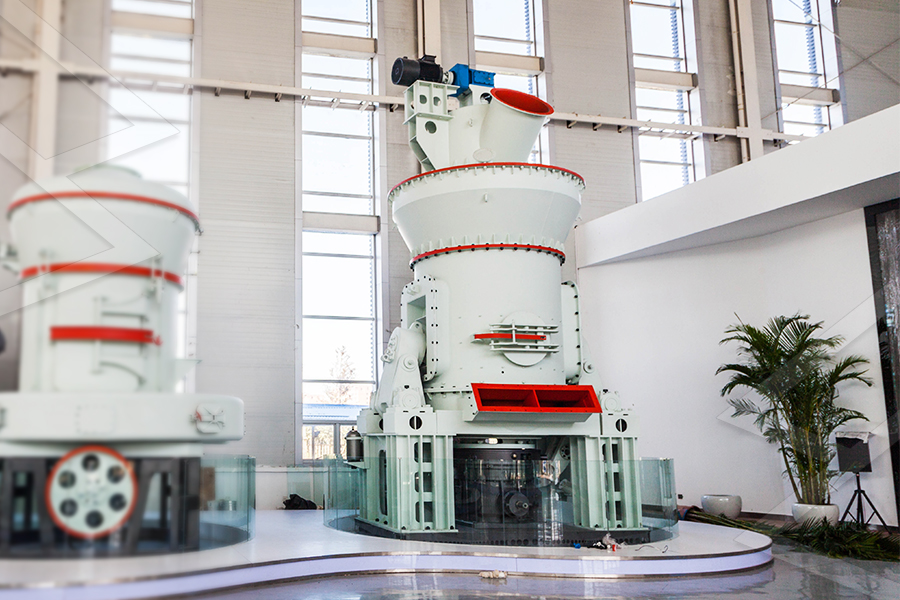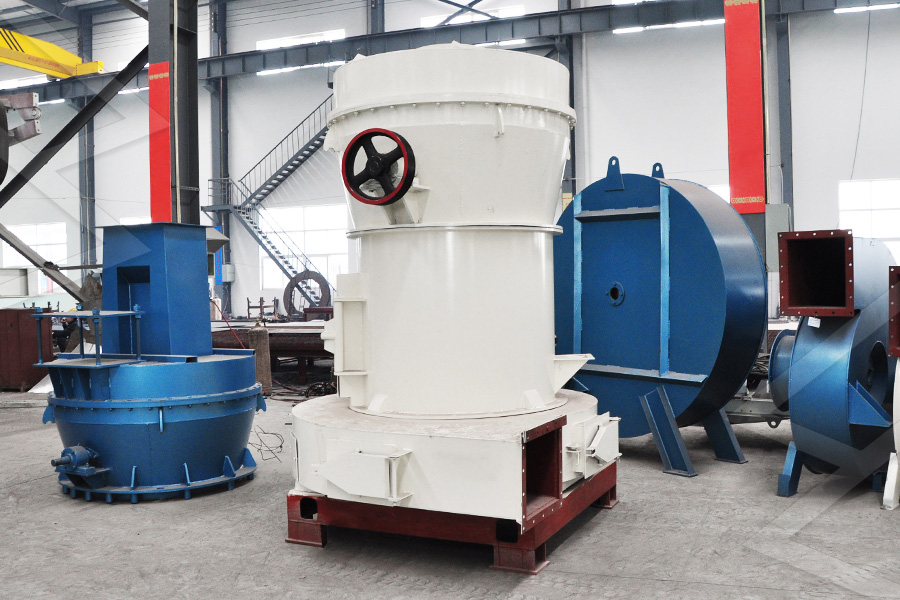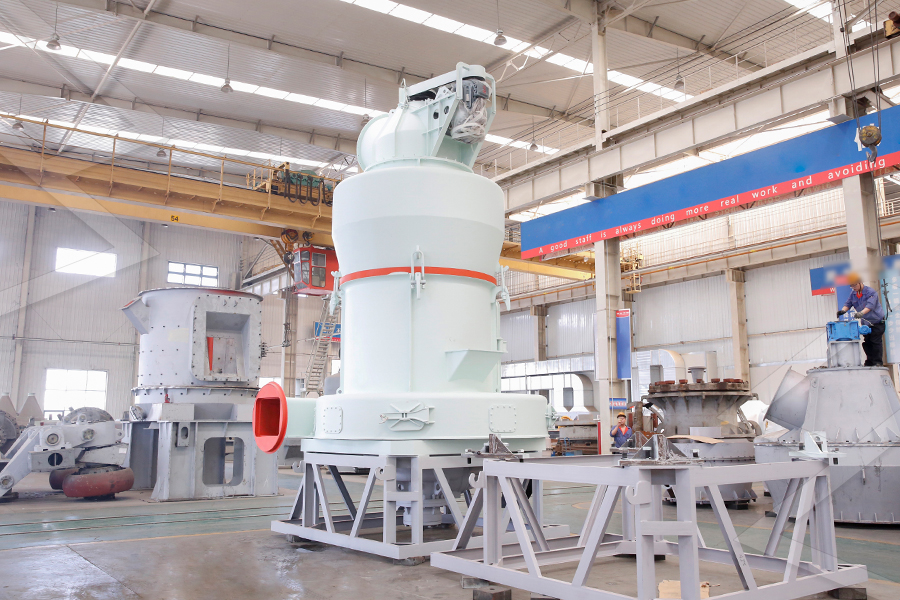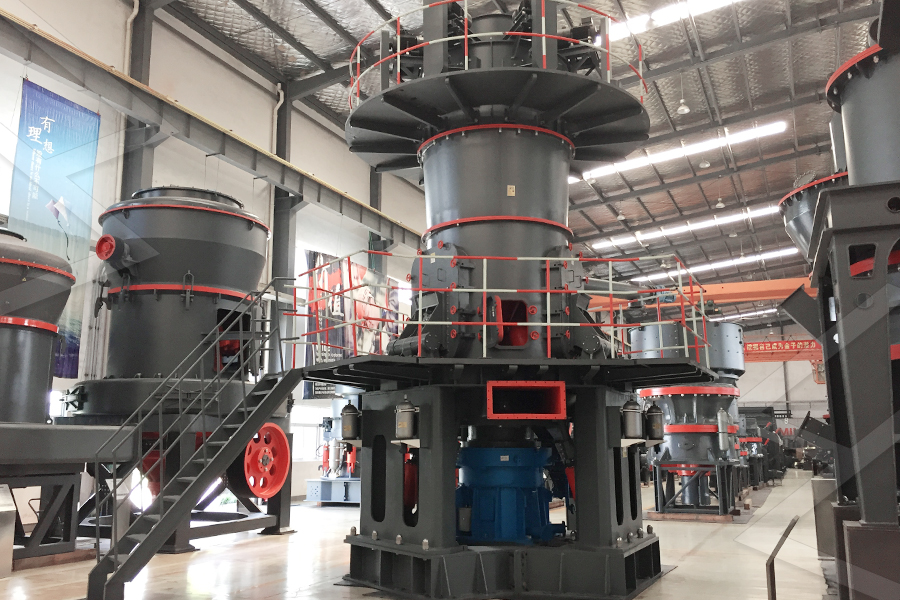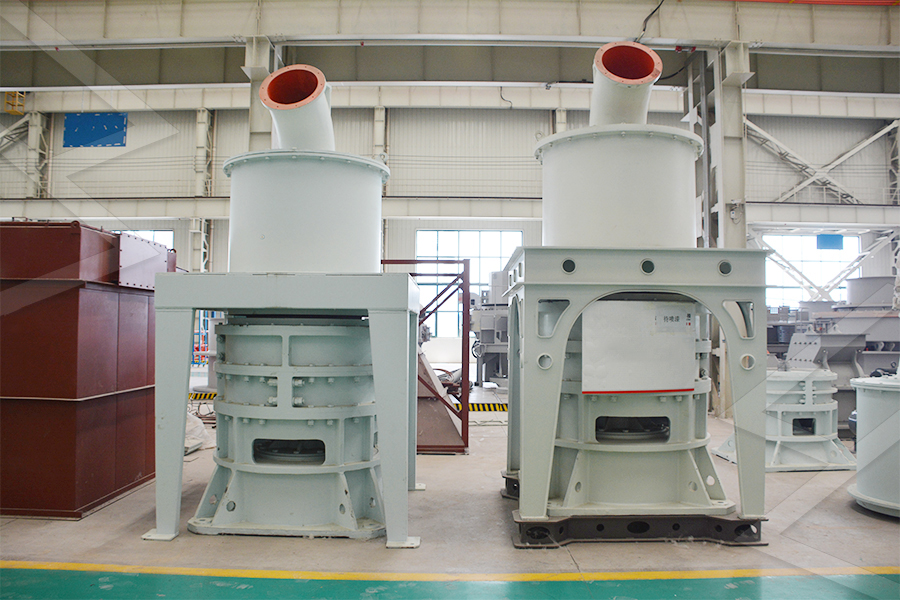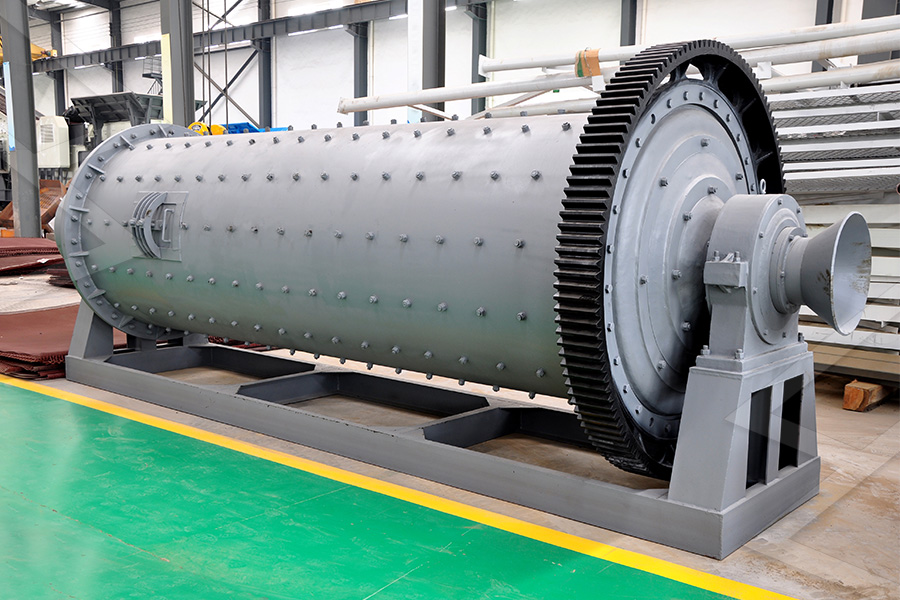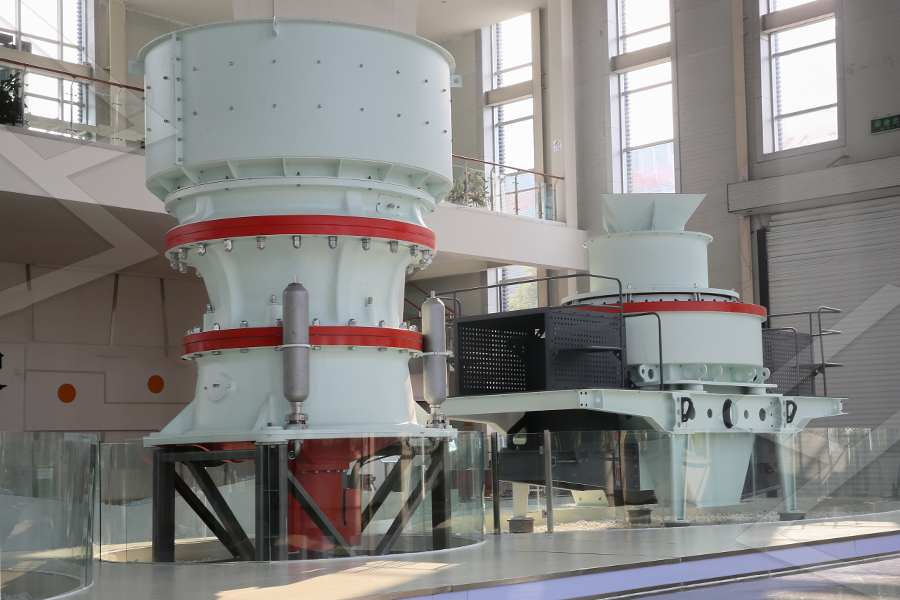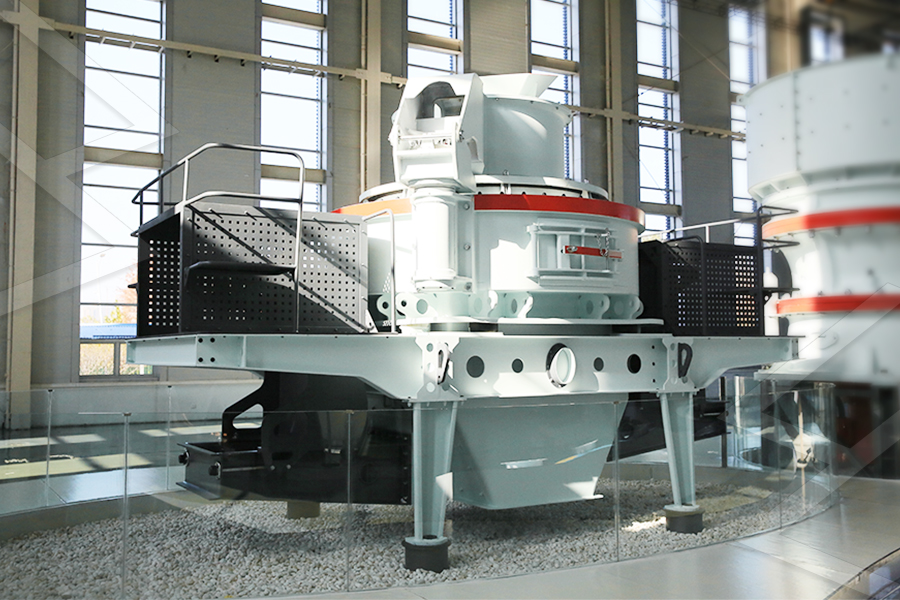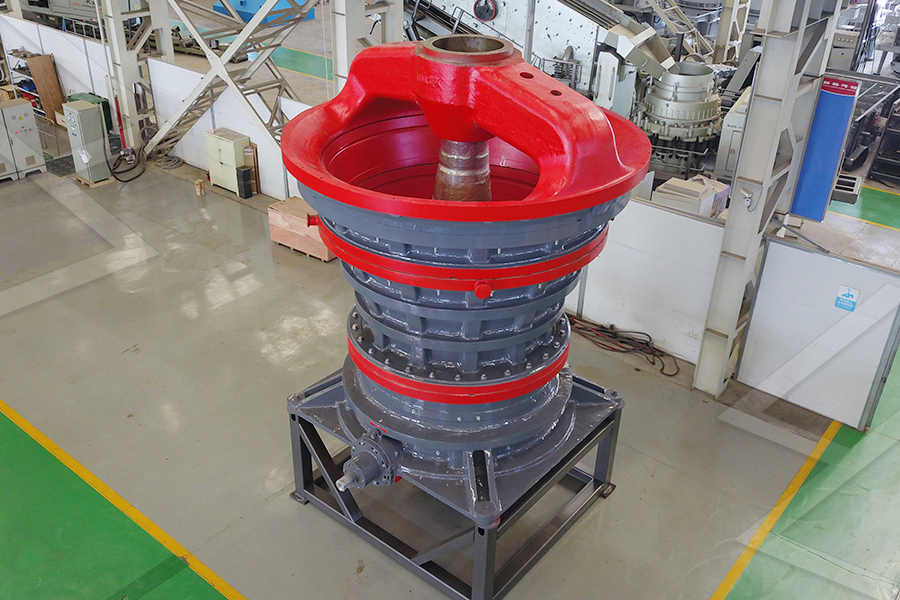Dolomite and Calcium Carbonate Co-Grinding Project for Steel Desulfurization (18 TPH, 200 Mesh)
Dolomite (CaMg(CO₃)₂) and calcium carbonate (CaCO₃) are both widely used in the steel industry for desulfurization—removing sulfur from molten iron to improve steel quality. This article explores a co-grinding project in Hebei Province, China, a major steel-producing region, which processes a 3:1 blend of dolomite and calcium carbonate to produce a 200-mesh powder at 18 TPH. The project is designed to supply a nearby integrated steel mill, optimizing desulfurization efficiency while reducing raw material costs.
Project Rationale and Requirements
Steel production requires strict control of sulfur content (typically <0.015% for high-quality steel), as sulfur causes “hot shortness” (brittleness at high temperatures). Traditional desulfurization uses either pure dolomite or calcium carbonate, but a 3:1 blend offers synergistic benefits: dolomite provides magnesium (Mg), which enhances sulfur capture at high temperatures, while calcium carbonate reduces costs (it is 30% cheaper than high-grade dolomite). The steel mill specified a 200-mesh (75 μm) fineness because finer particles have a larger surface area, reacting more quickly with molten iron’s sulfur
Raw Material Preparation
Raw dolomite (sourced from Shanxi Province) has a CaO content of 30-32% and MgO content of 20-22%, while calcium carbonate (from Henan Province) has a CaCO₃ content of 95%+. Before blending, each mineral undergoes separate crushing: dolomite is crushed to 20-30mm using a jaw crusher, and calcium carbonate is crushed to 15-25mm using an impact crusher. The crushed materials are then conveyed to a belt scale, which controls the feed rate to achieve the 3:1 blend (13.5 TPH dolomite, 4.5 TPH calcium carbonate). The blended material is stored in a 200-ton silo to ensure a continuous feed to the grinding system.
